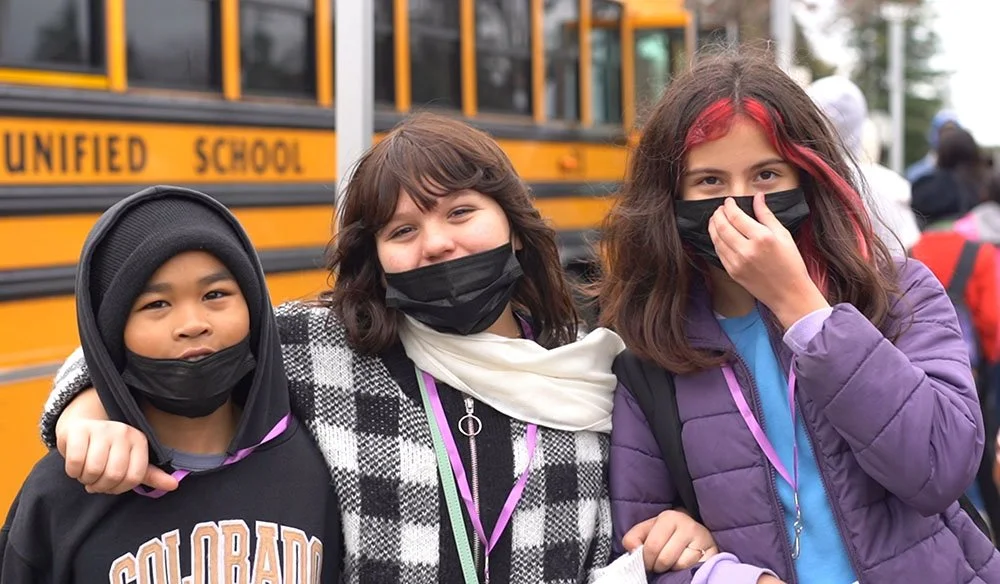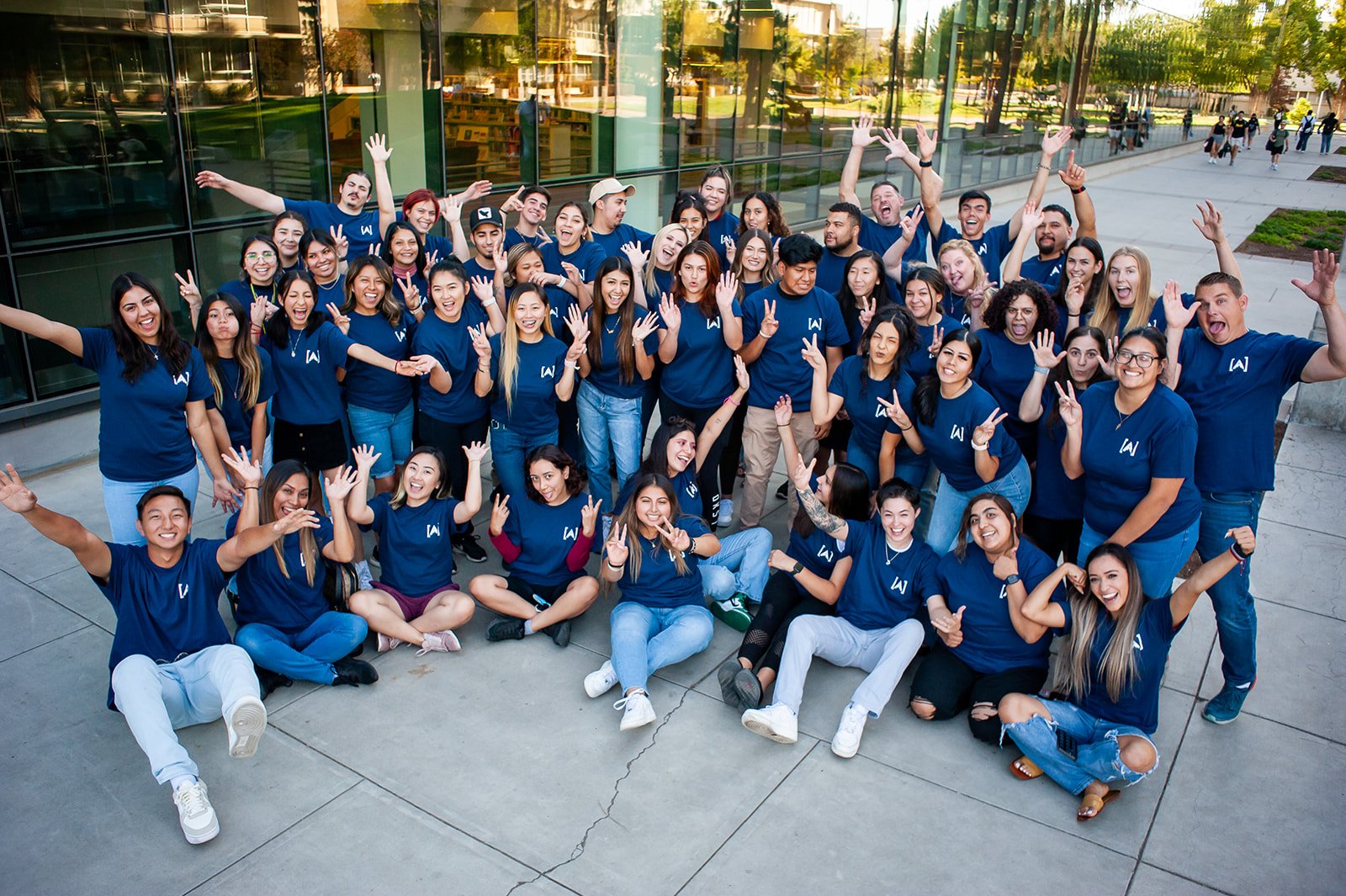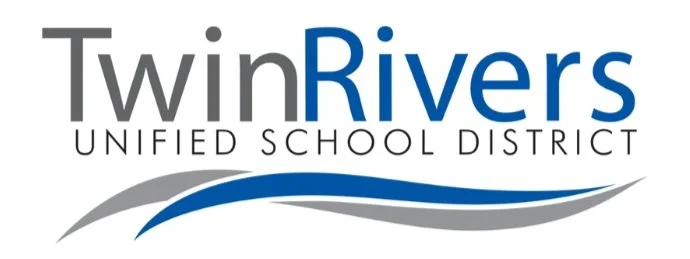
AFTER-SCHOOL PROGRAMS
We believe students learn best through experience.
Students in our after-school programs explore the natural sciences in an interactive, engaging way that incorporates grade-appropriate, activity-based lessons involving: forests, wildlife, water, air, energy, waste, climate change, invasive species, community planning, and more.
Our Customizable After-School Program Model
Outdoor learning has been proven to enhance they way students learn and process the world around them.
Using state-certified, STEM based, Project Learning Tree curriculum, California K-8 students expand their understanding of what the natural world in their own backyard can offer. Our interdisciplinary activities incorporate STEM subjects, reading, writing, and social studies into lessons that are tailored to grade-level learning objectives. Certified AES staff engage students in active outdoor learning experiences and coach students in environmental literacy during after-school programs.
Our after school programs teach students about important subjects like:
Forests
Wildlife
Water & Air
Energy
Waste Management
Climate change and mitigation
Invasive species
Community planning
And more!
Staff Training
Staff participate in state approved, STEM aligned, Project Learning Tree curriculum training.
Dr. Whiting and a PLT state coordinator conduct the trainings. Through the training, staff members become certified PLT educators. Ongoing training takes place at the beginning of each school year and continues throughout the year. Beyond the natural science/environmental literacy education, staff will also receive training regarding daily protocol and policies and procedures working with AES in a FCSS setting. Training policies include but are not limited to: working with youth, conflict resolution, behavioral policies, etc.
Data Monitoring
In addition to monitoring daily baseline data associated with the program (e.g., school sites, attendance rates, etc.), assessment of environmental literacy is conducted by monitoring retainment of environmental vocabulary terms.
After school programs are customizable to meet the needs of individual sites, but typically span a 9-week schedule (quarterly school rotations) and include a culminating capstone experience to showcase student projects. AES also gathers data using intercept surveys to measure self-efficacy in relationship to environmental literacy. Data is collected daily and at the onset and commencement of programs for longitudinal comparisons.
Capacity & Methods
As educators, we understand the importance of developing enrichment programs that provide higher level learning opportunities for students.
We believe this is the first step to building a strong foundation for any educational service. We also know that having a sound business structure is a required prerequisite for any organization hoping to deliver quality services.
As an organization, we pride ourselves on our ability to offer the same quality programs that we did when we served only a dozen sites starting out. We do this by recruiting staff and program coordinators locally that can embody the values that our organization was based upon: Integrity, family, and community.
So, while we have the capacity and history of serving districts with 70,000 students, we treat each district as a unique, valued partner, despite the number of sites or students we are serving.
All of our programs have intentional elements of community and family integration where students are able to not only showcase their knowledge, but to take what they are learned through our enrichment programs and integrate that material into their local communities, thereby affecting real change.












